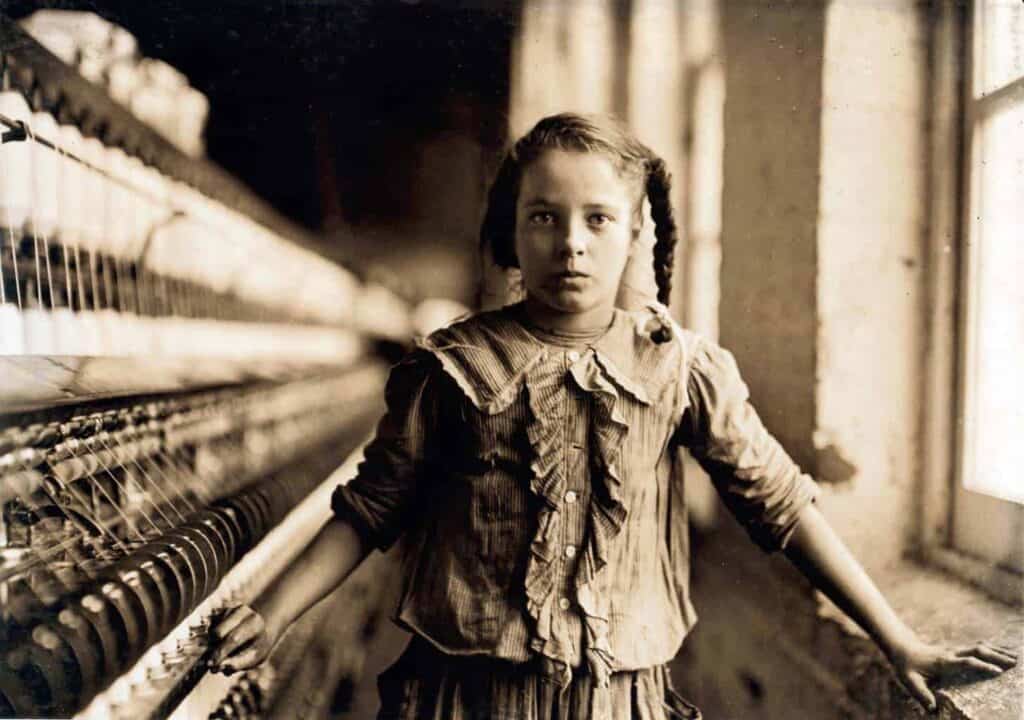In the Victorian era new factories sprung up, thanks to innovations in technology such as steam power.
These new factories needed lots of workers – and children were cheap to employ. Very few laws protected workers, least of all children.
The first piece of law brought in to protect children was the Factory Act of 1833.

It said no one under the age of nine should work in factories, and that certificates to show the age of all the workers must be kept. It also said children shouldn’t work at night and that they must have some schooling.
The trouble was two-fold; firstly factory owners merely ignored the laws, knowing that there were only a handful of inspectors, and records could easily be faked.
Another problem was that there weren’t many schools, certainly not free ones, and ideas varied about what children should be taught.
It wasn’t actually compulsory to go at all and no one would check to see if any particular child was attending.
Two new pieces of law had to be made which took account of these issues.

A new more strict factory law came into being in 1847 and then in 1880 it became compulsory for all children under 10 to go to school, and over the course of Victoria’s reign more schools were built so that every child had a school to attend.
As things changed, children were less likely to be employed in these dangerous and unhealthy places, and more likely to be in schools, but the process was slow, and hindered by families being reluctant to loose the extra pennies earned by their children.


Dan and Bex have found a book that transports them back to Victorian Britain!
They’re exploring all the grim and nasty jobs that children just like you had to do in the past, from picking up poop to popping up chimneys.
 Really? Kids Did That! is supported by The National Lottery through the Heritage Lottery Fund.
Really? Kids Did That! is supported by The National Lottery through the Heritage Lottery Fund.
Add a comment



 Apple Podcasts
Apple Podcasts Spotify
Spotify Google Podcasts
Google Podcasts Player FM
Player FM